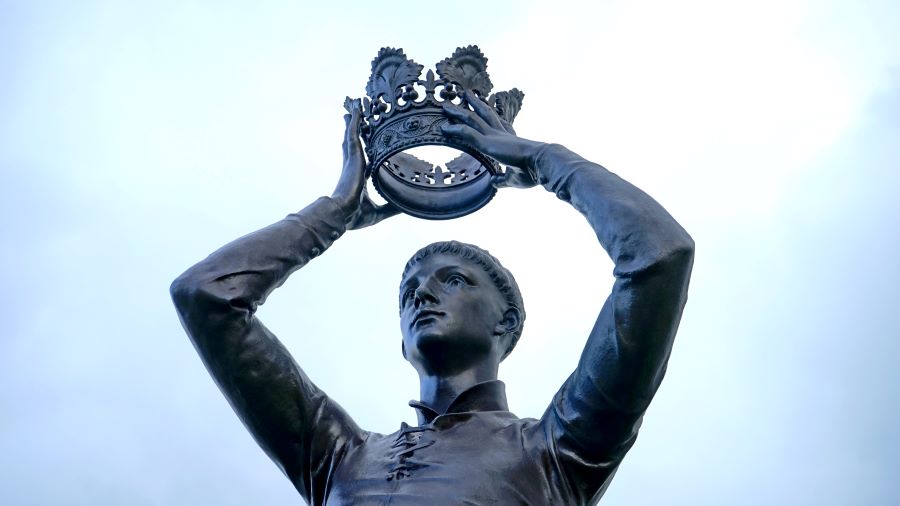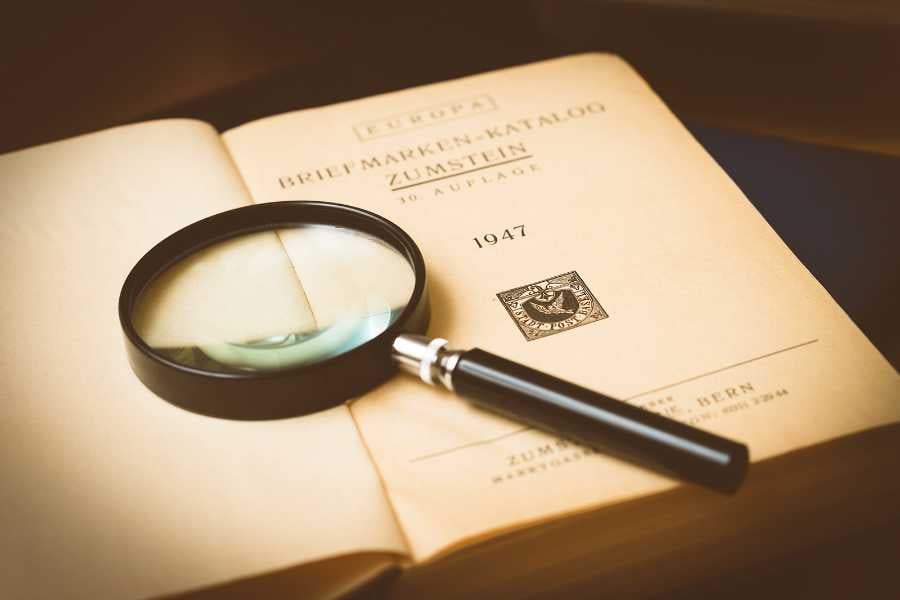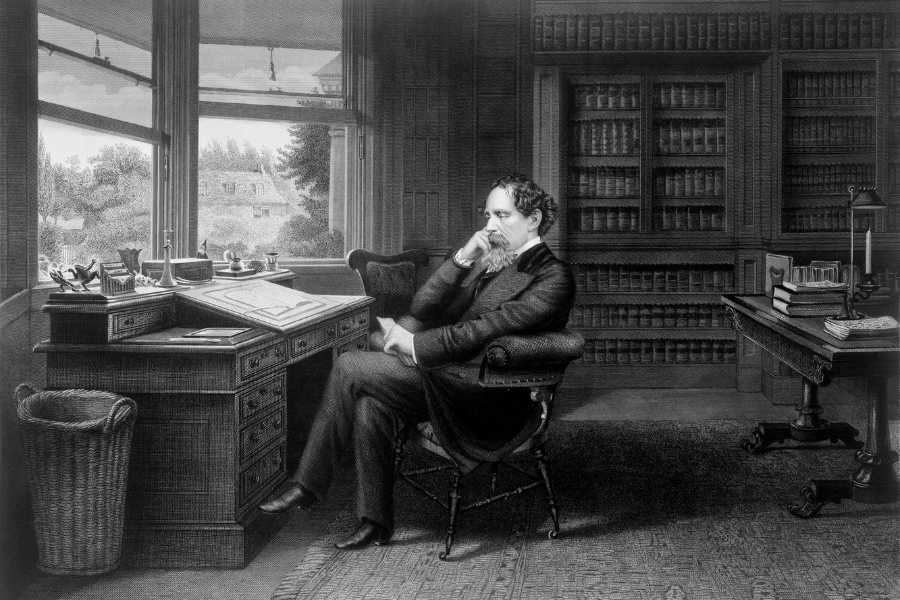What the heck is a Bildungsroman? (And how do I pronounce it so I don’t sound like a fool?)
It’s easier than it looks.
First, you must sound confident when you utter that funny German word Bildungsroman. Repeat after me: Buildings-row-man. Or, if you want to go all-out German, Build-oongs-row-man.
Easy-peasy.
By the way, this word is capped because Germans capitalize all their nouns.
Second, show you know what you’re talking about. Break it down German-style.
“Bildung” means “education” or “formation.”
And “roman” doesn’t refer to the people of Rome, it means “novel.” Remember, a Romance is a novel genre as well.
Add them together, and we get (drum roll) — a formation novel!
Ready for more?

A Definition of the Bildungsroman
In its simplest form, a Bildungsroman novel is a coming-of-age story. And it’s fiction rather than a biographical or autobiographical narrative.
The writer covers the formative years of the protagonist’s life. Our main character experiences loss, struggles, acceptance, and growth (phew!).
So, if it’s a coming-of-age novel, why not just call it that instead of that complicated German term?
Simple. Because it is more complicated than that.
A Bildungsroman has a few requirements the generic tale of growing up lacks.
For starters, it typically names its hero in the title of the work. And it can’t be just a series of childhood adventure tales told by an adult for kicks and giggles.
The child must evolve and grow with evidence of reflection and maturation. Society must also be present as an obstacle and/or catalyst for our young character’s growth.
In summary, there are many coming-of-age stories, but only some are considered Bildungsroman novels.
The Origin and History of the Bildungsroman

Johann Wolfgang Goethe’s 1795-96 novel Wilhelm Meister’s Apprenticeship (Wilhelm Meisters Lehrjahre) is considered the first novel in the German Bildungsroman genre.
But, the label itself was coined by philologist and lecturer Karl Morgenstern in 1819. He used the term to describe his own journey of intellectual growth.
About 5O years later, another German, psychologist and philosopher Wilhelm Dilthey, refreshed the term and generalized its basic structure in his work Leben Schleiermachers.
However, there are Bildungsroman stories that predate Goethe’s tale.
The ancient Greeks followed Jason as he captured the Golden Fleece.
The Medieval Romances of England and France elevated King Arthur by recounting his trials, beginning with having to claim his kingship in his youth.
And in China, 18th-century audiences were enchanted by the developmental years of a thoughtful Chinese boy and his female cousins in The Story of the Stone by Cao Xueqin.
The Structure of the Bildungsroman
One can argue that a Bildungsroman is a spiritual or intellectual version of the hero’s journey because the basic structure is quite similar.
Check it out:
- The hero experiences a loss and must embark on a journey (physical, emotional, intellectual) to heal from this loss.
- The hero struggles against an aspect of society.
- The hero grows wiser and learns to accept society.
The main differences are that in a Bildungsroman, the hero is a child or youth, and it dives deeply into the protagonist’s character development and the psychology of growing up into the maturity of adulthood.
Common Themes in Bildungsromans
The loss and struggles endured by the protagonist can take place against the backdrop of almost any theme and conflict imaginable.
Popular background themes include:
- Financial and professional crisis
- Alienation from loved ones
- The search for God and the Sublime
- Racism
- Sexism and sexual identity
- Conformity and rebellion
- Loss of innocence
- Escape from reality
- Understanding the subjectivity of one’s personal experiences
- Class struggle
As you can see, Bildungsromans can literally be set in any human situation that has a formative impact on growing up!
6 Bildungsroman Examples That Illustrate This Genre

As mentioned before, Bildungsroman was first formally applied to Goethe’s 18th-century novel.
When the novel was translated into English in 1824 and gained popularity, this literary device became more common.
What follows is two centuries worth of notable Bildungsroman examples and the protagonist’s journey defining them.
Here are six classic examples from different time periods in German, British, Irish, and American literature.
Wilhelm Meister’s Apprenticeship (Goethe, 1795)
Backdrop:
Young Wilhelm seeks to escape his pedestrian, middle-class life and live the enriching and exciting life of an artist.
Loss and struggle:
Unfortunately, his artistic dreams are crushed. Then, his heart gets broken.
In an act of tough love, his parents kick him out.
Unfortunately, he spends his money foolishly and goes broke. He loses his dream, his love, his home, and his money.
Psychological growth:
By the end of the novel, Wilhelm’s personal development is significant, and he has matured as a result of his experiences.
He becomes a respected actor and a moral adult who acts on his newfound moral code to save a friend.
Jane Eyre (Charlotte Brontë, 1847)
Backdrop:
In this female Bildungsroman, young Jane is a poor orphan, abused by her extended family, and malnourished at boarding school. She is small but willful and thoughtful.
Loss and struggle:
Aside from her orphan state, Jane also loses her best friend (Helen Burns) to tuberculosis and her mentor (Miss Temple) to marriage.
As the story progresses, Jane loses literally everything (her home, her job, her belongings) when she chooses morality over her beloved who lied to keep her.
However, her courage is ultimately rewarded in the form of a fulfilling life.
Psychological growth:
By the end of the novel, Jane has found the true meaning of family and friendship.
She is financially independent, married to her beloved, and is a mother.
David Copperfield (Charles Dickens, 1850)

Backdrop:
Young David finds himself ruthlessly bounced around after his widowed mother remarries a cruel and selfish man.
From each living arrangement, David learns something valuable about himself and about mankind, although it takes him a while to figure it all out.
Loss and struggle:
David loses his immediate family, at various times, as the novel progresses.
It starts with the death of his father and ends with the death of his first wife and unborn child.
He experiences financial difficulties and betrayals and must learn to trust in himself to survive and thrive.
Psychological growth:
By the end of the novel, a much wiser David has the family young David never had, and the love of a kind and nurturing woman.
Agnes and David have been married for ten years and have three children.
A Portrait of the Artist as a Young Man (James Joyce, 1916)
Backdrop:
Young Stephen is depicted as a sensitive and creative boy. He notices aspects of nature and society missed by most.
Loss and struggle:
As a child of Ireland, Stephen witnesses political division and religious contradictions.
He observes cruelty and experiences a loss of faith and innocence.
He and his family struggle to connect. Money divides them. Sexual repression and religious expression rage within Stephen.
Psychological growth:
After much self-torment, Stephen finally decides to devote his life to writing. He leaves his homeland for a new start in Europe.
To Kill a Mockingbird (Harper Lee, 1960)
Backdrop:
Young Jean Louise Finch, aka Scout, is the tomboy daughter of the widowed lawyer Atticus Finch.
Through her eyes and mouth, the author explores the themes of injustice, prejudice, and racism in America’s Depression Era South.
Loss and struggle:
Scout loses her innocence when she experiences, in heartbreaking detail, the destructive power of racism through the trial of Jim Robinson, a Black man falsely accused of assaulting a White woman.
Psychological growth:
Scout regains some hope for mankind when she and her brother witness how their father puts his own life on the line to defend Robinson.
The end of the novel reveals a more mature Jean Louise who has seen, most horrifically, how unfair life can be.
Harry Potter Series (J.K. Rowling, 1997-2007)

Backdrop:
Young Harry Potter is an orphan living with his awful aunt and uncle when multiple messages arrive requesting his attendance at Hogwarts School of Magic.
The series spans the many years Harry attends the school.
Loss and struggle:
Harry lost his parents before the series begins. He struggles to create a new family out of his friends and teachers at Hogwarts.
He loses some of these companions as the series unfolds.
His biggest struggle is to come into his own as a true wizard while defeating the evil Voldemort, who opposes him at every turn.
Psychological growth:
The epilogue of the final book takes place 19 years after Harry has defeated Voldemort.
The hero is married to his childhood sweetheart Jinny Weasley, and they have three children.
He is still friends with Ron and Hermione, and he now teaches at Hogwarts himself.
These six examples will have given you a good idea of what Bildungsroman novels are all about.
If you want more exposure to this literary genre, check out Little Women by Louisa May Alcott, The Catcher in the Rye by J. D. Salinger and The House on Mango Street by Sandra Cisneros.
Bildungsroman? I Got This.
See?
That wasn’t so bad — once you got past the pronunciation part.
Well, I hope you feel more confident and ready to attack that AP Literature class.
Or that college lit professor who laughed when distributing the 500 need-to-know terms list.
Now you can smile like a conquering hero and say, “Buildoogsrowman? I got this.”
Just don’t offer to write it on the board that way, ok?



